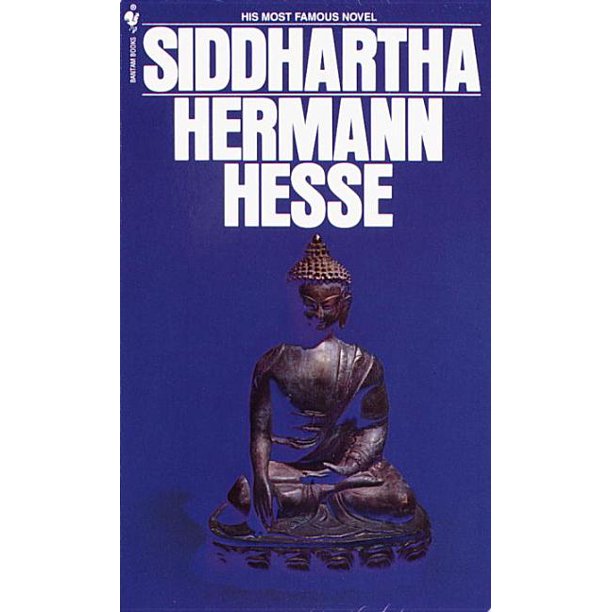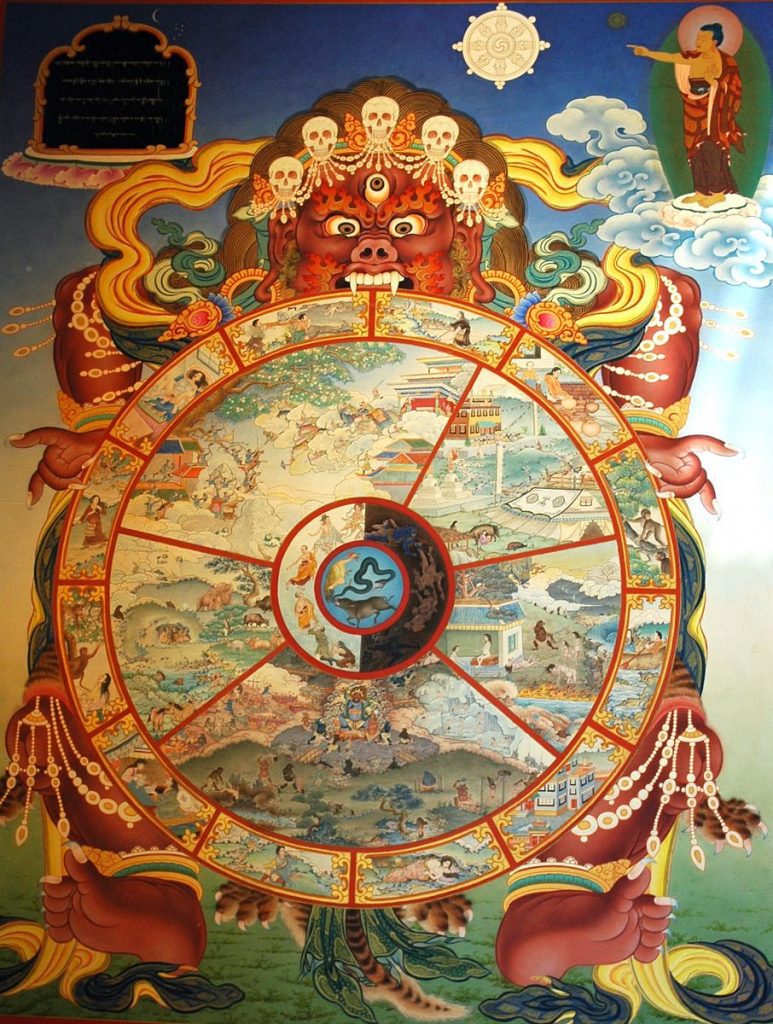Before World War I broke out, a German author named Herman Hesse visited India on a tour. While there he encountered many aspects of the eastern religions and was taught details of the founding of Buddhism. He was especially taken by the story of Siddhartha Gautama, an Indian prince who became the first Buddha and gave buddhism to the world. Mr Hesse then repaid that favor by giving us the first Psychedelic book.

That book, Siddhartha, written after that trip and just as World War I is breaking out, is more of a poem in its original German. In 1951 it was translated and published in the US and went on to become one of the most read books of all time. The simple lyrical style and distillation of the Buddha’s journey into such a short story gives the book a powerful reach in the western world.
We were given our first copy by the executive monk of Zenkoji Temple in Nagano Japan in 1999. We were staying at the temple that year and were about to start the Kannon Pilgrimage so he knew there would be plenty of reading time on the bus. We remember reading the entire book before arriving at the first temple. By the end of that pilgrimage we had read it countless times.
To the unprepared western mind this book can come down like a hammer. Each time Siddhartha, the main character, changes direction and embarks on a new phase of his journey — you can see how that fits into your own life plan, the book, like Buddhism, has an almost supernatural ability to predict what you would have done next and then tell you why that wasn’t the best choice. Again and again this book will show you yourself and force you to look.
This is why we consider this to be one of the first psychedelic books. It uses that same network of emotion to manipulate the mind into receiving the message. The message however is in the end the same message as Buddhism itself would give you. Walk this path, do these things, don’t do these things, reincarnate a few times — and poof you will find Nirvana. Siddhartha himself accomplishes this in a single lifetime, but all monks know this is the lie to tell the lay people.

A traditional Bhavachakra instructional painting, this is how we used to teach reincarnation and Samsara. Now we just hand you a copy of Siddhartha.
The truth is there is no way out of Samsara, no real way, nothing like the idea of Nirvana which is just another heaven to abdicate your life for. The real message of Buddhism, and this book, is to try to do the least harm possible. In all of Siddhartha’s encounters he ends up harming others, sometimes intentionally as when he leaves the business world or Kamala, other times accidentally when he speaks down to his life-long companion Govinda.
In many ways and after so many readings, we feel that these moments of harm are the real lessons that this book can provide. We’re all stuck in Samsara forever, you can run but you cannot hide, so learning to live here with everybody else while causing the least harm possible might be the best we can all hope for. Who knows, if we could reduce harm enough we might even be able to start doing or building some incredible things with this world again!
To end on a lighter note we wanted to share with you one of many works inspired by this great book. As the last acid wave was peaking in the early 1970s, Hollywood was soaking in LSD and eastern religious thinking. George Englund was a lesser known director who had a very famous friend in Marlon Brando.
If you know any films by this director it is likely to be 1963s rather serious political drama The Ugly American. That book was itself incredibly influential and is credited with being the inspiration for the Peace Corps, as a way to reintegrate US diplomatic efforts overseas. The film failed to capture the true meaning of the book. Fortunately our director did not give up:
In 1971 Mr Englund took inspiration from Siddhartha and a lot of LSD and gave us his interpretation of the story. This version is a western where a man searches his world for true meaning. This film can be difficult for the modern audience to watch given its unconventional narrative structure, similar in many ways to the Star Wars Holiday Special which we’ve always believed also had some chemical assistance. However if you really want to understand how this is a Psychedelic book, Zachariah can show you.
Leave a Reply